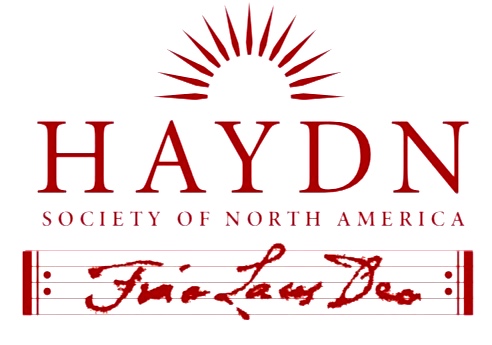
Article Title
Joseph Haydn and the New Formenlehre: Teaching Sonata Form with His Solo Keyboard Works
Document Type
Article
Abstract
Haydn’s keyboard works are endlessly fascinating, but they have seldom been the focus of any pedagogical approach to sonata form. This paper will demonstrate how these compositions, often neglected in the undergraduate curriculum, can serve as a springboard into a varied and nuanced understanding of sonata form. Using recent theories of form representative of the “New Formenlehre,” such as William Caplin’s theory of formal functions, Janet Schmalfeldt’s process of “becoming,” and James Hepokoski/Warren Darcy’s Sonata Theory, I will show how Haydn’s sonatas, if carefully selected, can provide students with a more flexible picture of how sonata form worked in the second half of the 18th century. Finally, through a close reading of a particularly challenging work (the slow movement of Haydn’s Sonata in A-flat major, Hob. XVI: 46), I will show how these new theories of form can help students formulate criteria for making sense of the composer’s often contradictory and complex musical decisions in sonata-form movements.
Recommended Citation
MacKay, James
(2020)
"Joseph Haydn and the New Formenlehre: Teaching Sonata Form with His Solo Keyboard Works,"
HAYDN: Online Journal of the Haydn Society of North America: Vol. 10, Article 4.
Available at:
https://remix.berklee.edu/haydn-journal/vol10/iss2/4
© Haydn Society of North America ; Boston: Berklee Library, 2020. Duplication without the express permission of the author and/or the Haydn Society of North America is prohibited.


